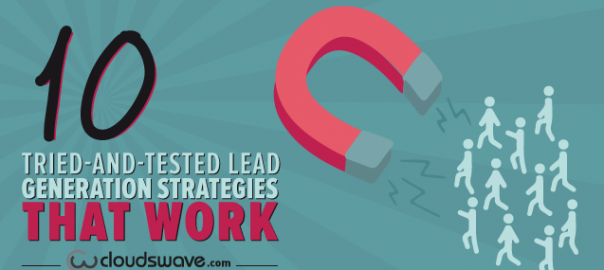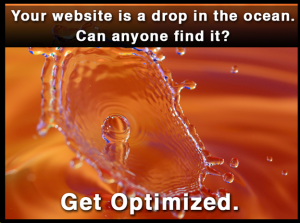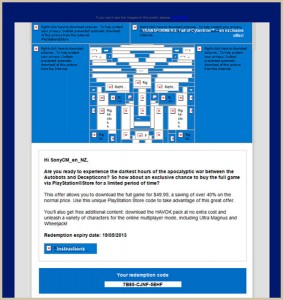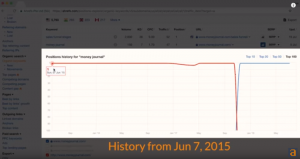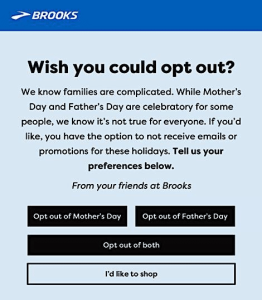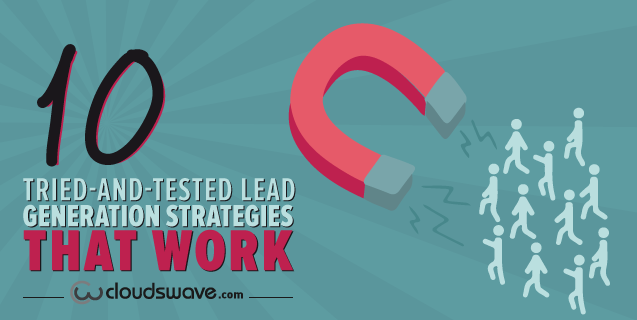
Paying clients are the lifeblood of any business. Before they hand over their hard-earned dollars, however, they need to be convinced that the product or service they’re spending their money on is worth it. But what if you’re a new entrant? What if aside from your parents, siblings and friends, nobody knows you’re in business? It will be extremely hard to attract prospects, let alone the paying ones, to a business they know nothing about.
You can always go the traditional route: TV/radio/print advertising, cold-calling, trade shows, or spam mails. But know that with the growing ubiquity of the Internet and the penchant of the Internet population, particularly the millennials, to consider reviews and peer recommendations prior to making a purchase, traditional marketing has become more expensive and less effective.
The alternative? Inbound marketing.
Inbound marketing, as a HubSpot infographic by IMPACT Branding & Design illustrates, is a six-part process:
- Develop a successful marketing strategy.
- Create and maintain a powerful website.
- Generate more traffic.
- Convert traffic to leads.
- Convert leads into sales.
- Measure everything.
For this article, we’ll focus on lead generation, which, as BusinessDictionary.com puts it, is the process of collecting names and contact information about qualified prospects who will then be contacted by the sales department in the hope of moving them further down the sales pipeline until a sale is finally made.
With that in mind, here are 10 lead-generation strategies to consider:
1. Optimize your website for better conversion.
Optimize, they say, is a buzzword, and because it will be used multiple times in this blog post, allow me to borrow Merriam-Webster Online’s definition of the word: “to make as perfect, effective, or functional as possible.”
For better lead-generation results, website design, which covers fonts, color, navigation, images, footer information, and others, should be carefully considered. Below are some tips:
- Place your call-to-action (CTA) above the fold.
- Make your CTA button stand out by using a contrasting color.
- Get rid of automatic sliders.
- Minimize form fields.
- Use clear headlines.
- Your contact information must be clearly visible.
- Add testimonials from real customers.
- Include a contact number.
- Incorporate trust seals.
2. Implement search engine optimization (SEO) strategies. 
SEO is getting a bad rap because of illicit techniques some unscrupulous marketers implement. Despite all this, it’s still the primary lead-generation strategy used by top digital marketers, as good ranking in search results means higher visibility for websites or landing pages, generating a good number of leads in the process. SEO, however, is no longer just about ranking for high-traffic keywords. It has evolved into a complete package that incorporates content, social and search engine marketing.
Consider the following tips:
- Create a list of targeted search terms through keyword research and analysis.
- Use keyword-based titles.
- Create meta tags descriptions for better click-through rates.
- Strategically inject search phrases or selected keywords into your pages. Avoid keyword stuffing, though.
- Submit sitemaps so search engines can more easily index your website.
- Continually test and measure your SEO initiatives through A/B testing and analysis of web traffic data. SEO/SEM software can greatly help with this.
3. Create an email marketing campaign.

“The money is in the list.” If you’re a marketer, you probably already heard that a countless number of times. And of course, there are those that say the money is actually NOT in the list. Whichever side you’re on, one thing remains true: It’s no longer enough to get into your prospect’s inbox every month with boring newsletter content.
To generate real leads, you need to engage your prospects with the right content at the right time. This can be more easily accomplished through marketing automation software, particularly if you manage a huge database of leads at various stages in the sales pipeline. Marketing automation tools allow you to understand what your prospects need (i.e., somebody who downloaded free content may simply be curious, as opposed to somebody who has been in your list for a while and just waiting for the right time to buy your product) and offer content that targets specific buyers (e.g., end user, finance manager, or IT guy), for example.
An email marketing mantra to live by: Create email conversations that are relevant and valuable to your target audience.
4. Launch a product video.
An article by Shane Parrish on the The Week lists 12 things about how the human brain works, and as I was going through them, two facts resonated with me:
- We don’t pay attention to boring things.
- Vision trumps all other senses.
Goes to show why video marketing works, eh?
If a picture is worth a thousand words, Dr. James McQuivey of Forrester Research asserts that “a minute of video is worth more than 1.8 million words,” a testament to the fact that video is many times more powerful than images or the written word. Creating an explainer video of the product or service you offer to make visitors “see” is a worthy goal, as delivering information in a concrete, concise and easy-to-digest way can exponentially impact your lead-generation targets. Besides, according to this infographic, YouTube is the second largest search engine, bigger than “Bing, Yahoo!, Ask and AOL combined.”
Then again, keep in mind that video should only be part of your overall content strategy because articles, images and infographics still occupy an important place in the inbound marketing universe.
5. Blog consistently. 
Blogs are powerful lead-generation tools, and that can’t be stressed enough. Customers won’t buy from people or companies they don’t trust, and what better way to showcase your expertise than in a corporate blog? Blogs are a great way to engage with visitors, address customer concerns, and contribute to a discussion your target audience cares about. While it’s not a requirement to blog every day, following an editorial calendar for consistency is a good strategy.
To maximize the lead-generating capabilities of your blog, here are some pointers:
- Strategically place CTAs such as free consultation, mailing list opt-in form, and free trial around your blog content. Areas can include the end of blog posts, the site header or footer, and the side bar.
- Offer valuable downloadable content for free. These can take the form of ebooks, templates, or whitepapers.
- Aside from your own site, consider guest blogging for sites related to your industry. If done right, this is one surefire way to reach an audience you would otherwise not reach on your own.
6. Optimize your landing page.
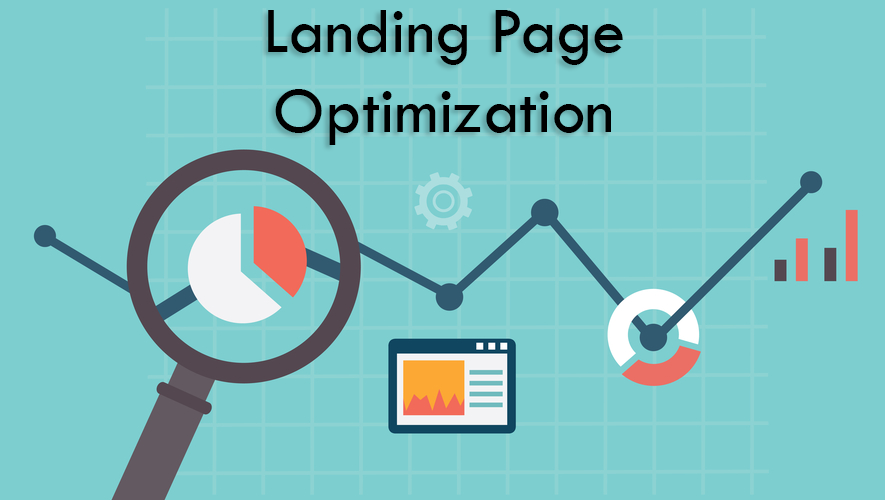
A landing page, as its name suggests, is the page where visitors “land” on your website. Make no mistake, however, because a landing page isn’t just about any page on your site. Landing pages exist solely for a reason: to entice a visitor to do something specific, like click-through to another page, as in the case of ecommerce sites, or enter their contact information (name and/or email address) to download a freebie, register for a webinar, sign up for a free trial, and so on. Landing pages are distinct in that they’re focused on a single objective, unlike your main website where visitors can do a bunch of things, such as play a video, read a blog post, partake in a poll, among others.
As Unbounce further explains, there are two types of landing pages: (1) click-through landing pages, and (2) lead-generation landing pages.
To optimize your landing pages, take note of the following:
- Use a strong and relevant headline.
- Your copy must be concise but convincing, and your form shouldn’t scare people away. Ask them for just the right amount of information. Don’t ask for an address when you’ll only contact them via email.
- Ensure your design is clean, and your call-to-action button is clickable and stands out.
- Optimize your landing page for search.
- Use social sharing buttons.
- Include customer testimonials.
- Continually test and measure your results.
7. Engage in social media marketing. 
Social media is undoubtedly one of the most effective avenues for lead generation. More and more people are converging on popular networking platforms like Facebook, LinkedIn and Twitter, and if your business doesn’t engage in social media marketing in any way, shape or form, it’s time to rethink your strategy. People ask brand questions on social media. The same way they gush about products or services they care about, people share their customer experience nightmares to friends on social media.
As marketing is more about communicating and reaching out to your target audience, it’s no wonder social media has evolved to become the marketing force it is today.
Some important tips to remember about social media marketing:
- You don’t have to be where everyone is. To maximize the power of social media, find out which platforms your target audience spends most of their time.
- Facebook, LinkedIn, and Twitter aren’t the only sites that work. Google+, SlideShare, Instagram, and Pinterest are worth looking into as well.
- As in all types of content and messaging, relevance, and value are keys.
- Communication is a two-way street, and so is social.
8. Tap Influencers to review your product.
There is this thing called influencer marketing, which, in the most simplistic sense, is a form of marketing focused on the identification of “individuals with influence over potential buyers,” as Kyle Wong in his Forbes article explains. This type of marketing is particularly prevalent in the moms and millennial demographics, as actual user reviews now play a larger role in consumers’ purchasing decisions, more so if these recommendations come from people they trust and look up to.
Most brand influencers have the following tell-tale characteristics:
- A large follower base
- Credibility and subject matter expertise
- Good relationship with followers
It’s also worth noting that an influencer doesn’t always have to be a celebrity, a journalist or a blogger. As a matter of fact, an influencer can be somebody’s neighbor, best friend, doctor, relative, spouse – anybody, really. Think: word-of-mouth marketing.
Identifying your influencer targets can be done via a simple Google search, some detective work on LinkedIn, Facebook or Twitter, searching through Technorati and Google Blog Search, or by using PR software like Cision or Vocus. When tapping brand influencers to review your product or service, don’t just focus on the big ones. Consider the small ones, too.
9. Speak at conferences, trade shows, or events.
Speaking at events and conferences increases your visibility and establishes you as an industry authority. MarketingTango enumerates five ways to generate sales leads through speaking engagements:
- Extend your exposure by asking the event’s host or marketer for permission to promote your products or services after your speech. A table or booth with your marketing materials is a great idea.
- Educate, instead of sell. When attendees realize the value of your knowledge and expertise, selling to them may no longer be necessary.
- Work with partners by cross-promoting to each other’s attendees.
- Capture your attendees’ information and build your database of leads.
- Make it easy for your audience to buy from you. Be ready to take orders or answer any questions. Bring additional staff to help out, if necessary.
10. Optimize your About
A website’s About page is one of the most clicked website pages for obvious reasons. Visitors want to know more about you, who you are, your story, and what you stand for, particularly if your content is spectacular and they want to get to know you beyond what you’ve already written. People buy from businesses with a compelling brand story, and clicking on your About page is an indication they’re ready to take things up a notch with your business.
Jeremy Smith, a conversion optimization professional, lists four reasons why the About page is one of the most essential pages on your website:
- An About page is conversion-ready.
- It’s a high-traffic page.
- A superbly crafted About page makes visitors remember you, your products and/or services.
- It humanizes your brand, enhancing the connection between you and your visitors.
There are various ways to infuse your creativity into your About page, but it should contain at least one thing: a link to your landing page.
What other lead generation techniques can you recommend?
Business & Finance Articles on Business 2 Community
(452)
